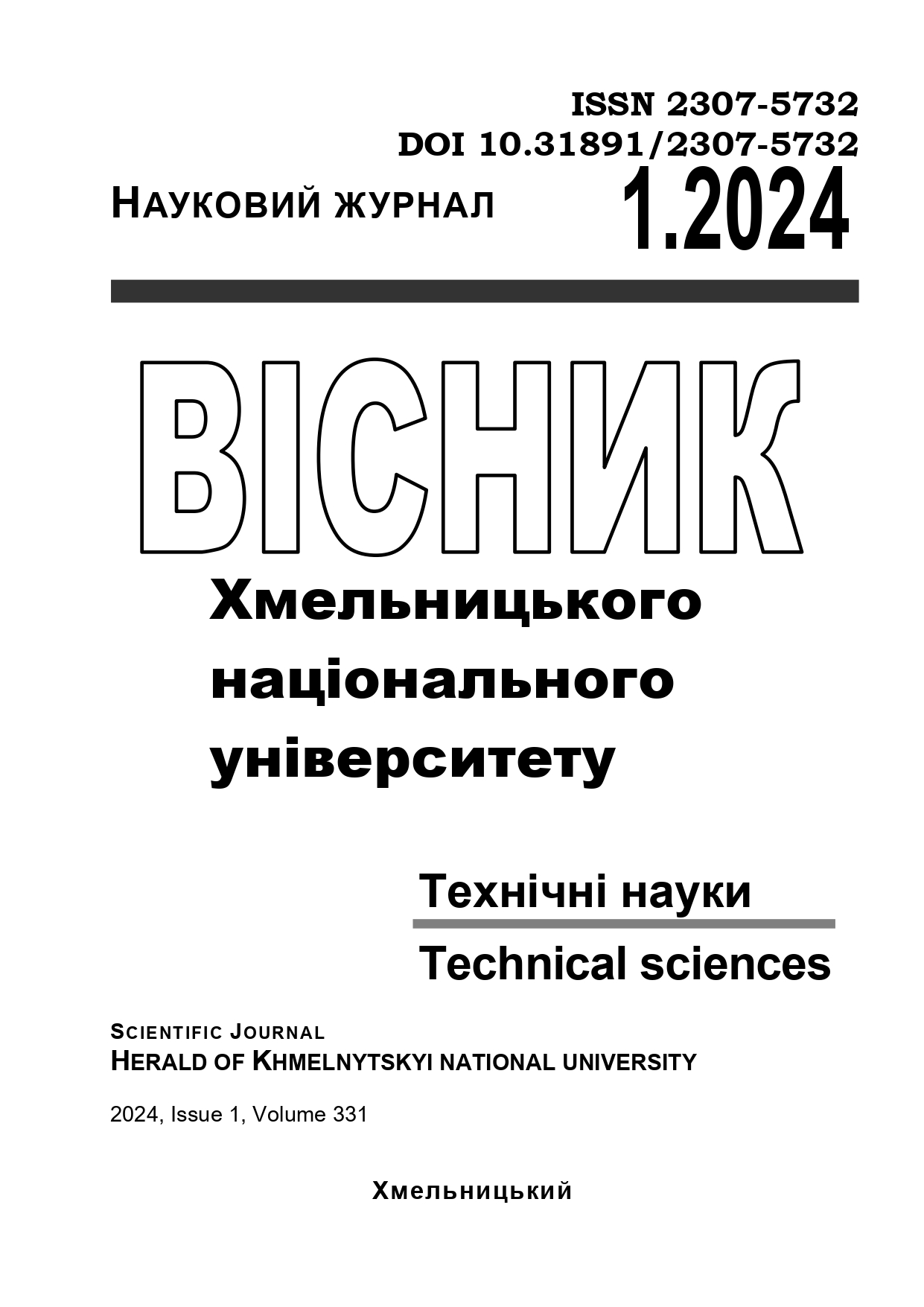PRECONDITIONS OF THE STRATEGY OFSUSTAINABLE APPAREL PRODUCTION IN UKRAINE
DOI:
https://doi.org/10.31891/2307-5732-2024-331-8Keywords:
strategy of sustainable business model, sustainable apparel production, Zero-Waste Design, Life Cycle Assessment, an average percentage of interlaced textile waste, and a company's cutting system.Abstract
The fashion industry is known to be the second most environmentally harmful industry, as it faces various issues in its supply chain and consumption. Sustainable apparel creation not only helps reduce the environmental impact of fashion but also caters to the growing demand for eco-friendly products from consumers who are becoming more mindful about their purchases.
To maintain a circular economy, textile sources should be used as much as possible while retaining their value. Zero-waste design is a concept that aims to eliminate or minimise fabric waste during the garment creation process. Traditional fashion design often produces significant amounts of fabric discarded due to inefficient pattern-cutting and garment construction methods.
In this research, the relationship between a company's cutting system and the average percentage of interlaced textile waste and the relationship between a company's capacity and the average percentage of interlaced textile waste were defined to reduce manufacturing waste. The data suggests that a company's capacity does not significantly impact the average percentage of interlaced textile waste. On the other hand, a company's cutting system appears to impact the average percentage of interlaced textile waste ambiguous. Therefore, the following definition of the relationship between a company's assortment and the average percentage of interlaced textile waste is essential in this research field.
Combining zero-waste design with LCA can be a base for creating a new, effective, sustainable methodology for Ukrainian sewing companies.

